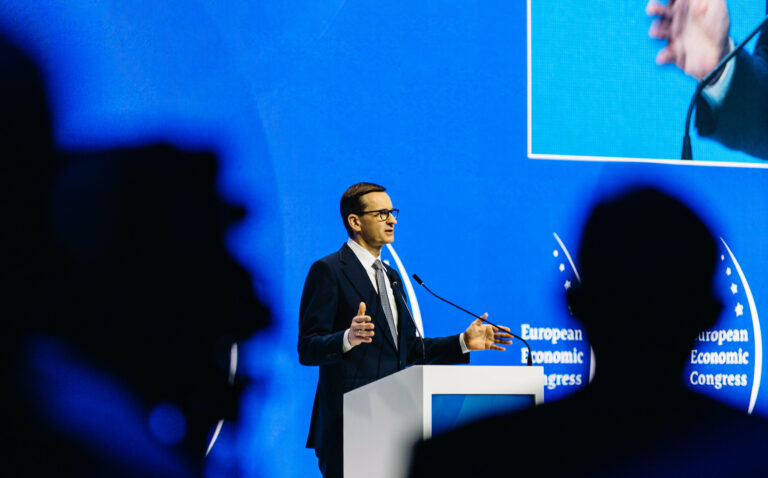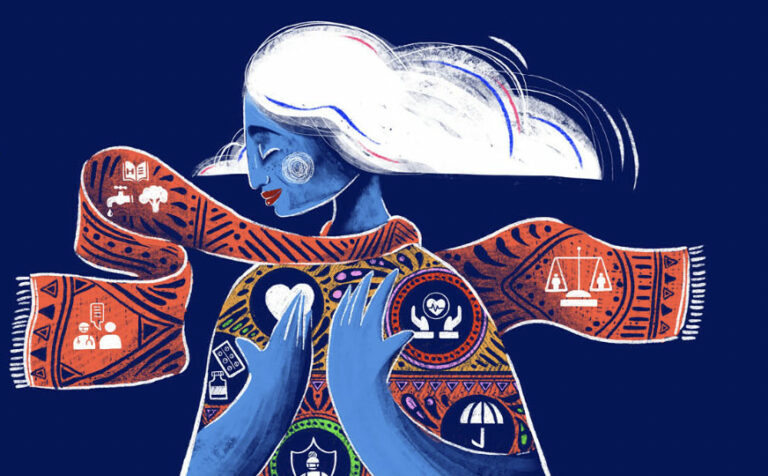
Who shapes the world? Women in STEM and future goals
From the programs embedded in technology we use today, to the X-Ray that helps to diagnose and save lives – women in STEM from the past and the present have shaped the opportunities we are having now.
In Azerbaijan, women represent 40 per cent of the graduates in STEM-related specialisations. For comparison, worldwide, just 30 per cent of researchers and only 35 per cent of all students in STEM are women. 1 Twenty-nine per cent of Ph.D. graduates in STEM across the EU are women, and women represent 25 per cent of self-employed professionals in technical professions. 2
Almost 80 per cent of healthcare workers, fighting for our health worldwide, carrying out one of the hardest things in the world – saving lives – are women, but only 21 per cent are health executives. 4
It is evident that there is still more needs to be done to reduce the gender gap in STEM, but we see the rising numbers of women in science, which will grow even more in the next years, without a doubt.3
So what can we do to contribute to equal opportunities in science and beyond, and lead us to improved processes and discoveries?
- Raise awareness about gender stereotypes
- Educate about female role models in STEM who changed our world
- Demand equal pay
- Remind children from an early age that they are capable of incredible things and that intellectual abilities are not divided by gender
- Empower and celebrate the success of women scientists worldwide
And remember – the change starts with you!
References:
1.https://undp.medium.com/azerbaijan-leads-for-women-in-stem-6f53efa4f79d
2.https://www.eeas.europa.eu/eeas/lets-hear-it-women-science_en
3https://www.stemwomen.com/women-in-stem-percentages-of-women-in-stem-statistics
4. https://www.aauw.org/resources/research/the-stem-gap/
LATEST

Four Ukrainian women: stories of courage and greatness

The Lost Generation

How you can help the planet every day

Building Europe: Poland’s experience of joining the European Union and lessons for Ukraine

World Health Day 2024: My Health, My Right
More campaign pages:
Interested in the latest news and opportunities?
This website is managed by the EU-funded Regional Communication Programme for the Eastern Neighbourhood ('EU NEIGHBOURS east’), which complements and supports the communication of the Delegations of the European Union in the Eastern partner countries, and works under the guidance of the European Commission’s Directorate-General for Neighbourhood Policy and Enlargement Negotiations, and the European External Action Service. EU NEIGHBOURS east is implemented by a GOPA PACE-led consortium. It is part of the larger Neighbourhood Communication Programme (2020-2024) for the EU's Eastern and Southern Neighbourhood, which also includes 'EU NEIGHBOURS south’ project that runs the EU Neighbours portal.

The information on this site is subject to a Disclaimer and Protection of personal data. © European Union,